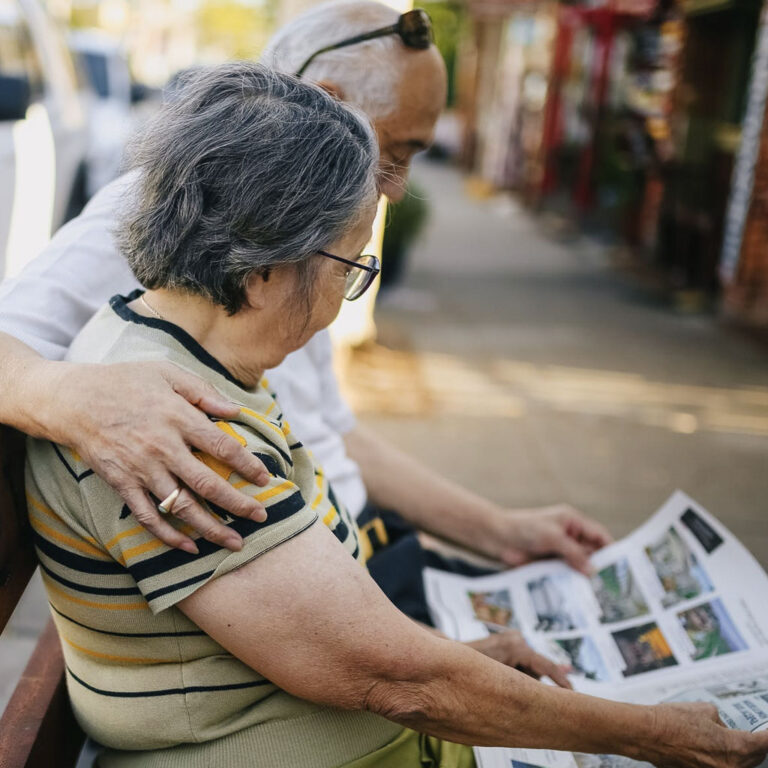Economic evaluation of passive monitoring technology for seniors 2019
By John E. Schneider, Jacie Cooper. Cara Scheibling, and
Abstract:
By 2050, the global population of persons over the age of 60 is expected to be between 1.5 and 2 billion [1, 2]. Moreover, the proportion of individuals over the age of 80 is simultaneously and disproportionately rising. The United Nations estimates that over 400 million people will have reached 80 years of age by 2050 [3]. Changes in societal trends have also led to smaller, non-traditional families, creating a decline in social support. The consequence of demographic aging is the existence of many single-dwelling elderly people in our communities [4].
Advances in health technology, such as communication and monitoring systems, have enabled older adults to lead independent lifestyles [5]. Technology-integrated homes and passive monitoring technology (PMT) provide complete supervision of chronically ill and elderly patients using information and communication technology tools in a comfortable environment. These technologies enable and support improved monitoring and observation, which in turn improve the efficiency and timing of patient access to the healthcare delivery system, and enable seniors to live more independently with a sense of security and reduce the feelings of loneliness and isolation as society advances [6].
There are several examples of PMT; in this research, we focus on one that GreatCall has developed referred to as Lively® Home and Lively® Mobile (formerly Healthsense; both referred to as “LHM”) products to help prevent major health events for seniors living alone. The LHM algorithm allows passive monitoring of subscribers’ activities of daily living (ADLs) and generates actionable alerts using data from sensors. GreatCall nurses triage the alerts and validate the data, which are then transmitted to the health plan care manager, who assesses the generated data and contacts the senior. This passive monitoring activity allows seniors to comfortably address the issue causing a change in their daily activity.
